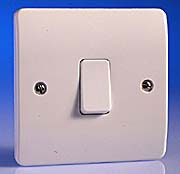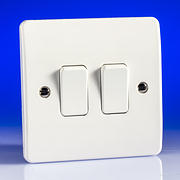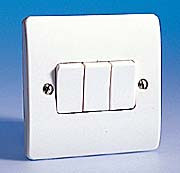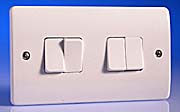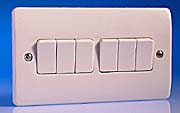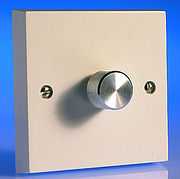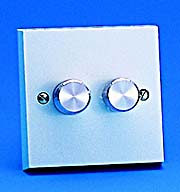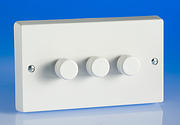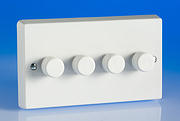I need some advice on the kind of dimmers to install in my hallway to replace standard light switches. I'm a bit of a diy novice and talk of one and two way gangs is leaving my confused.
I have three lights in my hallway, two upstairs and one downstairs. They are each connected to set of 3 x 40w spotlights.
Upstairs I have a single switch controlling both upstairs sets simultaneously.
Downstairs there is a double switch, one controls the upstairs sets simultaneously, the other controls the downstairs set.
There is another double switch by the street door, one switch on this controls the downstairs set whilst the other controls an outdoor porch light.
So I need three dimmers and also some advice on the outdoor light, as this currently has a long life krypton bulb which I have heard cannot be dimmed. Can this be replaced with another type of bulb?
Thanks in advance
I have three lights in my hallway, two upstairs and one downstairs. They are each connected to set of 3 x 40w spotlights.
Upstairs I have a single switch controlling both upstairs sets simultaneously.
Downstairs there is a double switch, one controls the upstairs sets simultaneously, the other controls the downstairs set.
There is another double switch by the street door, one switch on this controls the downstairs set whilst the other controls an outdoor porch light.
So I need three dimmers and also some advice on the outdoor light, as this currently has a long life krypton bulb which I have heard cannot be dimmed. Can this be replaced with another type of bulb?
Thanks in advance


